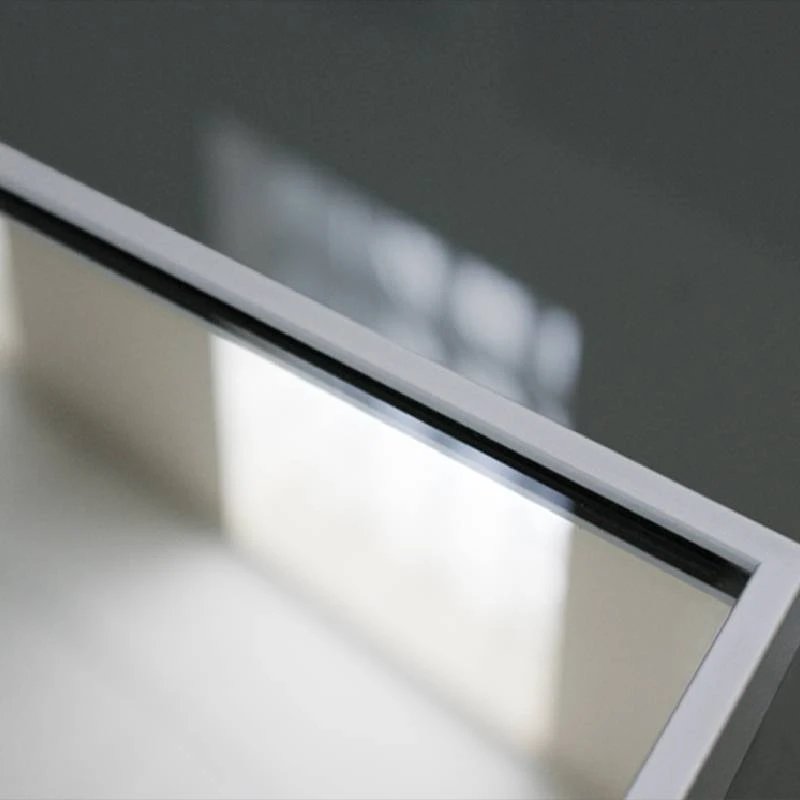

The Allure of Brown Reflective Glass A Modern Architectural Marvel
In the realm of contemporary architecture and design, the use of various materials significantly influences the aesthetic and functional properties of buildings. Among these materials, brown reflective glass stands out due to its unique qualities that offer both visual appeal and practical benefits. This article explores the significance of brown reflective glass, delving into its characteristics, applications, and the reasons behind its rising popularity in modern architecture.
Characteristics of Brown Reflective Glass
Brown reflective glass is characterized by its dark hue and reflective surface, resulting from a special coating that enhances light reflectivity. This distinctive appearance is not merely aesthetic; it serves a functional purpose as well. The reflective quality allows the glass to minimize solar heat gain, making it an energy-efficient option for buildings in warmer climates. Additionally, its darker color offers privacy, effectively reducing visibility into the interior spaces during the daylight hours.
One of the defining features of brown reflective glass is its ability to harmonize with natural surroundings. Unlike standard clear or blue-tinted glass, brown reflective glass blends seamlessly with earthy tones, making it an attractive choice for buildings situated in natural landscapes. It evokes a sense of warmth and sophistication, enhancing the overall character of a structure while allowing it to coexist with its environment.
Applications in Modern Architecture
The versatility of brown reflective glass has led to its application in a range of architectural projects, from residential homes to commercial skyscrapers
. In commercial settings, this type of glass is often employed in facade design, not only enhancing the building's aesthetic but also contributing to energy efficiency. A notable example is the use of brown reflective glass in office buildings, where it helps regulate indoor temperatures, reducing the reliance on air conditioning and thereby lowering energy costs.
In residential architecture, homeowners are increasingly opting for brown reflective glass in windows, balconies, and exterior walls. This choice provides a modern, sleek appearance while also offering protection from harsh weather conditions. The glass's reflective properties can also detract from unwanted glare, creating a more comfortable living environment.
Furthermore, brown reflective glass is a popular choice in urban environments where space is limited, and privacy is paramount. By employing this type of glass, residential and commercial spaces can maintain a sense of seclusion while still benefiting from ample natural light.
Environmental Considerations
With growing concerns surrounding environmental sustainability, the use of brown reflective glass reflects a broader trend toward energy-efficient building practices. The material contributes to the overall thermal performance of a building by creating a barrier that minimizes heat transfer. This quality allows structures to maintain stable indoor temperatures, resulting in lower energy consumption and a reduced carbon footprint.
Additionally, manufacturers of brown reflective glass are increasingly adopting eco-friendly production processes, ensuring that the material is not only visually appealing but also sustainable. This aligns with the global movement toward greener building materials, making brown reflective glass a responsible choice for architects and designers committed to environmental stewardship.
Conclusion
In conclusion, brown reflective glass is a remarkable material that combines aesthetic appeal with functionality and sustainability. Its unique properties, including energy efficiency, visual privacy, and environmental harmony, make it an attractive choice for modern architects and homeowners alike. As the demand for innovative architectural solutions continues to rise, brown reflective glass is poised to play an increasingly significant role in shaping the skylines of tomorrow. By integrating this material into their designs, architects not only enhance the visual dynamics of their buildings but also contribute to a more sustainable future. As we move forward, the allure of brown reflective glass will undoubtedly continue to inspire and influence the world of architecture and design.